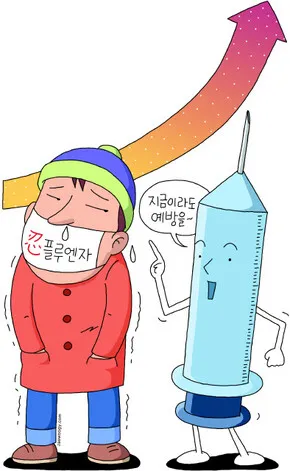Influenza Warning Issued Nationwide
Thursday, December 18, 2008 17:03:33
The Korea Centers for Disease Control and Prevention has issued an influenza warning for nation.
According to the center, there were an estimated three-point-six influenza patients per one-thousand Koreans last week. The agency issues a flu warning whenever the ratio exceeds two-point-six per thousand.
Expecting a full-fledged flu outbreak after mid-December, the center advised people ages 65 or older and pregnant women to get flu shots.
The center said all are advised to devote extra care to thorough personal hygiene and to try to avoid going to crowded places.
Reported by KBS WORLD Radio
Contact the KBS News: englishweb@kbs.co.kr
Thursday, December 18, 2008 17:03:33
The Korea Centers for Disease Control and Prevention has issued an influenza warning for nation.
According to the center, there were an estimated three-point-six influenza patients per one-thousand Koreans last week. The agency issues a flu warning whenever the ratio exceeds two-point-six per thousand.
Expecting a full-fledged flu outbreak after mid-December, the center advised people ages 65 or older and pregnant women to get flu shots.
The center said all are advised to devote extra care to thorough personal hygiene and to try to avoid going to crowded places.
Reported by KBS WORLD Radio
Contact the KBS News: englishweb@kbs.co.kr





Comment